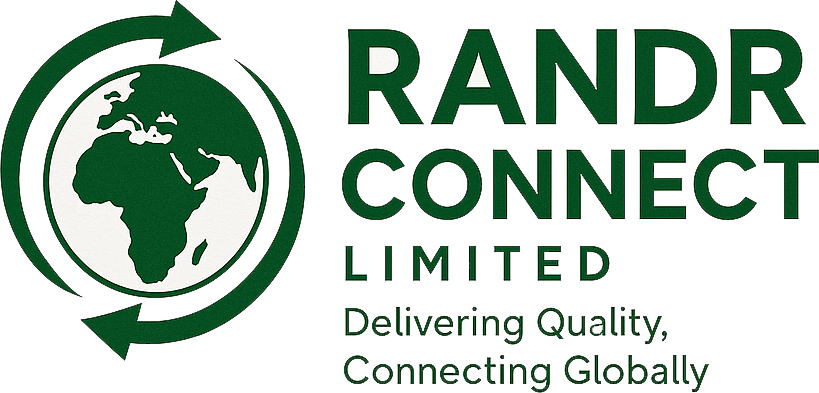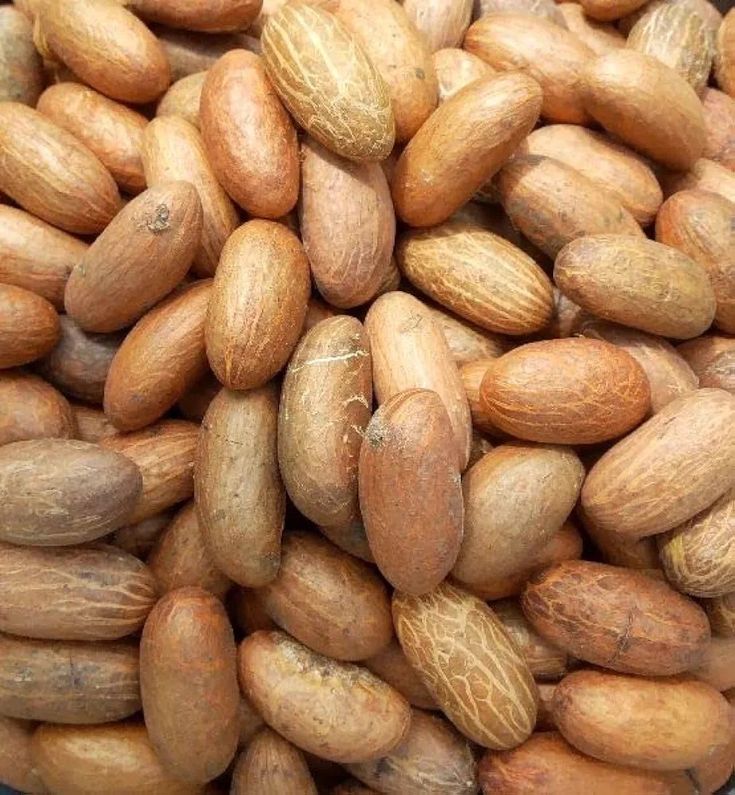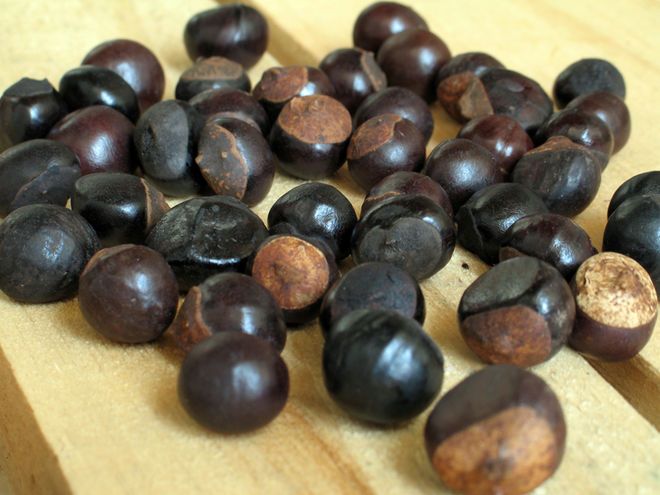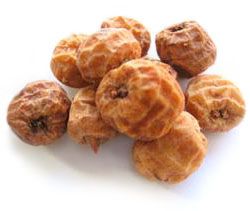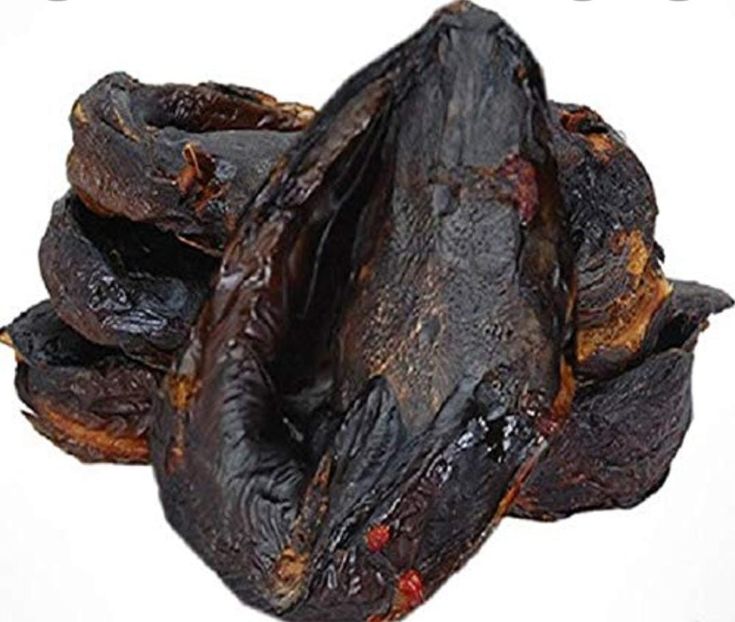What It Is
Sawdust charcoal is a type of biochar made by compressing and carbonizing sawdust – a byproduct of wood processing. It is an eco-friendly alternative to traditional charcoal due to its recycling of wood waste and high combustion efficiency.
What Export of It Is
Exporting sawdust charcoal involves processing it into briquettes or pellets, drying, packaging, and shipping it in accordance with international quality and phytosanitary standards. It’s in high demand across Europe, the Middle East, and Asia for heating, industrial energy, and household use.
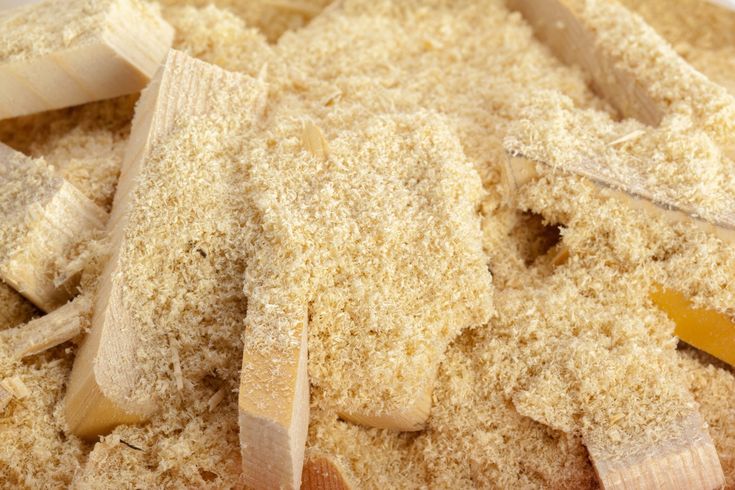
Uses of Sawdust Charcoal
-
Industrial Fuel: Used in furnaces and boilers in factories.
-
Household Heating: Ideal for fireplaces, wood stoves, and cooking in some countries.
-
Barbecue and Grilling: Popular for smokeless cooking due to low ash and long burn time.
-
Agricultural Soil Amendment: As biochar to improve soil fertility and retain moisture.
Forms Exported
-
Briquettes: Most common form, uniform size, easy to pack.
-
Pellets: Used in industrial burners.
-
Loose Granules: For agricultural or bulk industrial applications.
Packaging Options
-
Polypropylene (PP) woven bags – 25kg, 50kg
-
Kraft paper bags or cartons – for retail-friendly packaging
-
Jumbo bags – 500kg to 1000kg for bulk shipments
All packaging is export-labeled with product name, net weight, country of origin, batch number, and production date.
Export Specifications
| Parameter | Specification |
|---|---|
| Carbon Content | 75% – 85% |
| Moisture Content | < 8% |
| Ash Content | < 5% |
| Volatile Matter | < 15% |
| Shape | Briquettes, Pellets, or Powder |
| Calorific Value | 6,500 – 7,500 kcal/kg |
| Packaging | 25kg / 50kg PP Bags or Customized |
| Shelf Life | 12 – 24 months (if stored dry) |
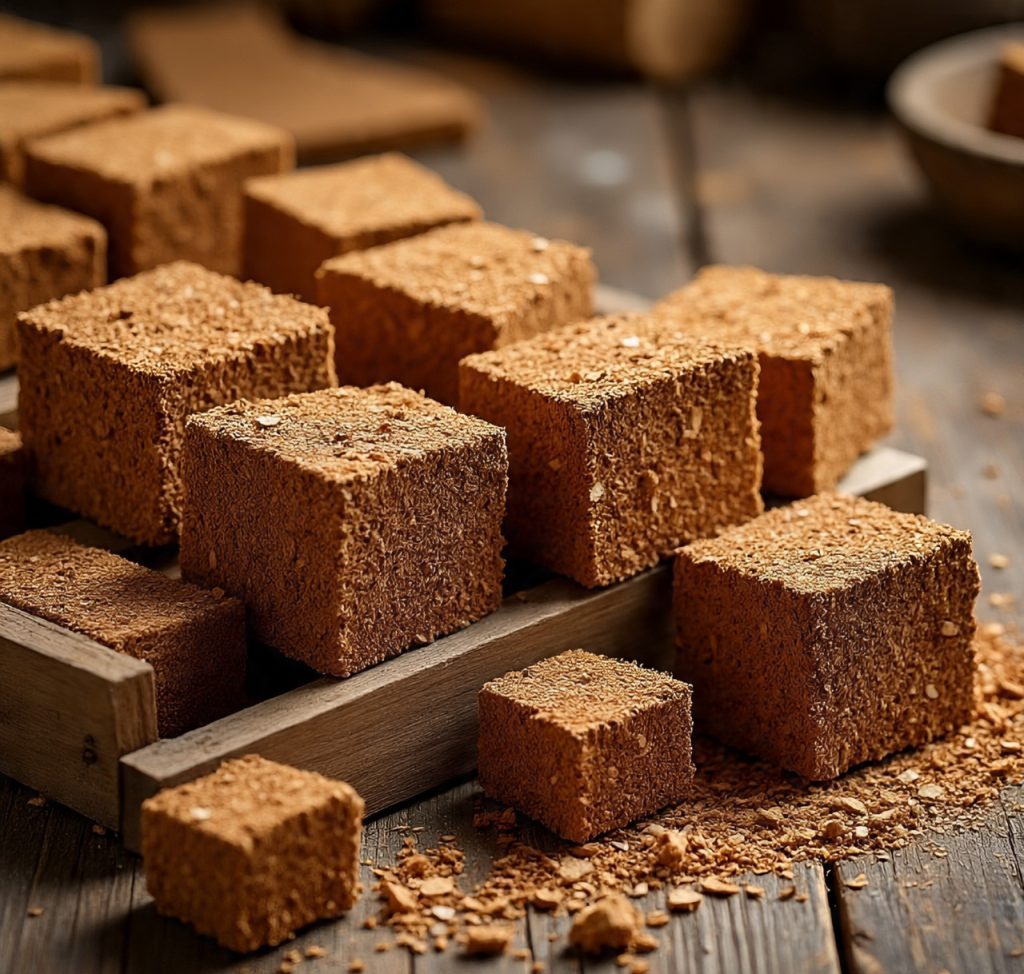
HS Code
-
4402900000 – Other Wood Charcoal (including sawdust charcoal)
Export Market Demand
Countries like Germany, UK, Turkey, UAE, Saudi Arabia, and South Korea have strong demand for renewable energy alternatives like sawdust charcoal. Buyers prioritize high calorific value, low ash content, and eco-certifications (such as FSC).
Export Tips
-
Ensure moisture content is very low to prevent mold and ensure high energy value.
-
Use heat-treated wooden pallets and fumigated containers to meet phytosanitary standards.
-
Lab test reports (carbon content, ash value, etc.) help attract international buyers.
-
Branding your briquettes or pellets can increase appeal in retail and industrial markets.
